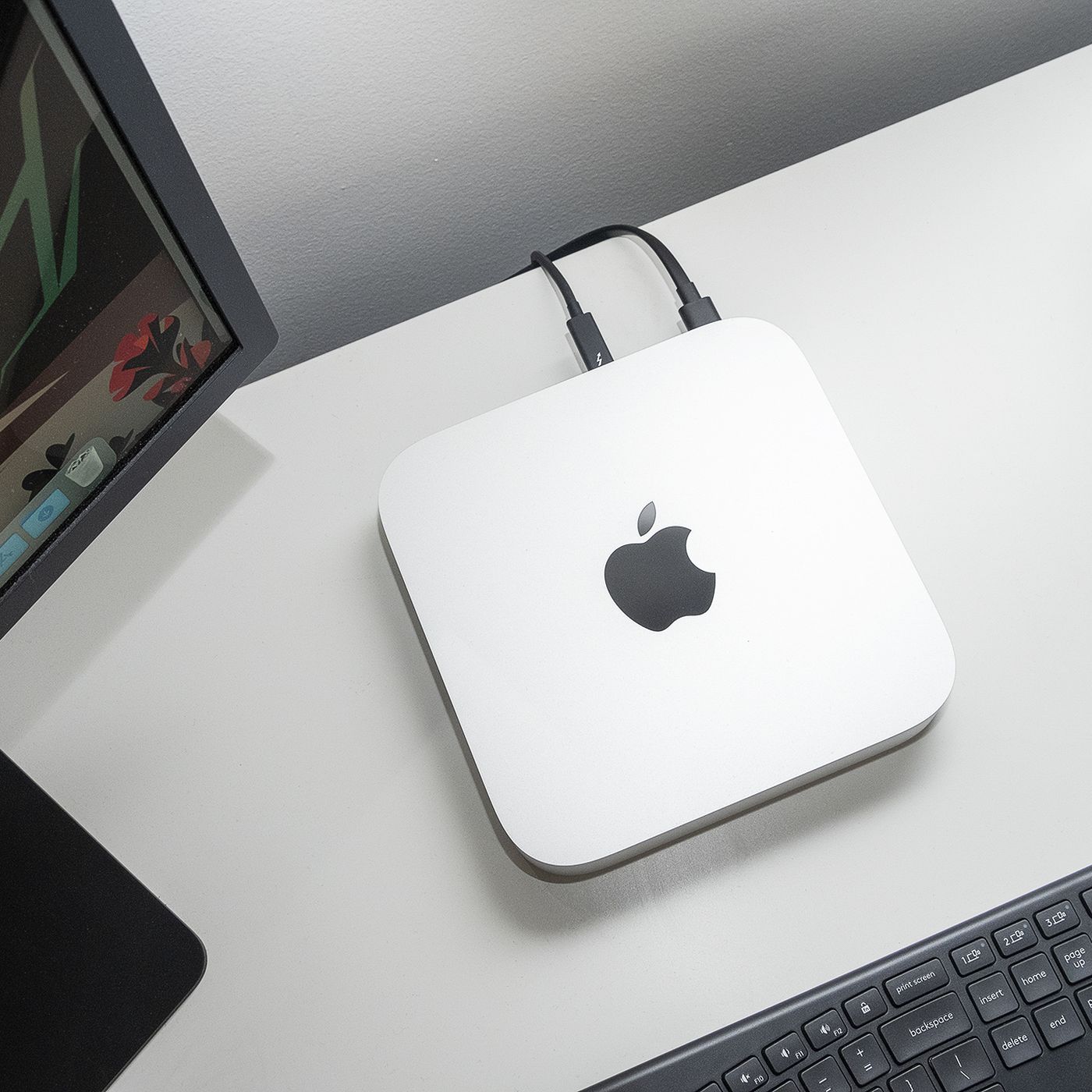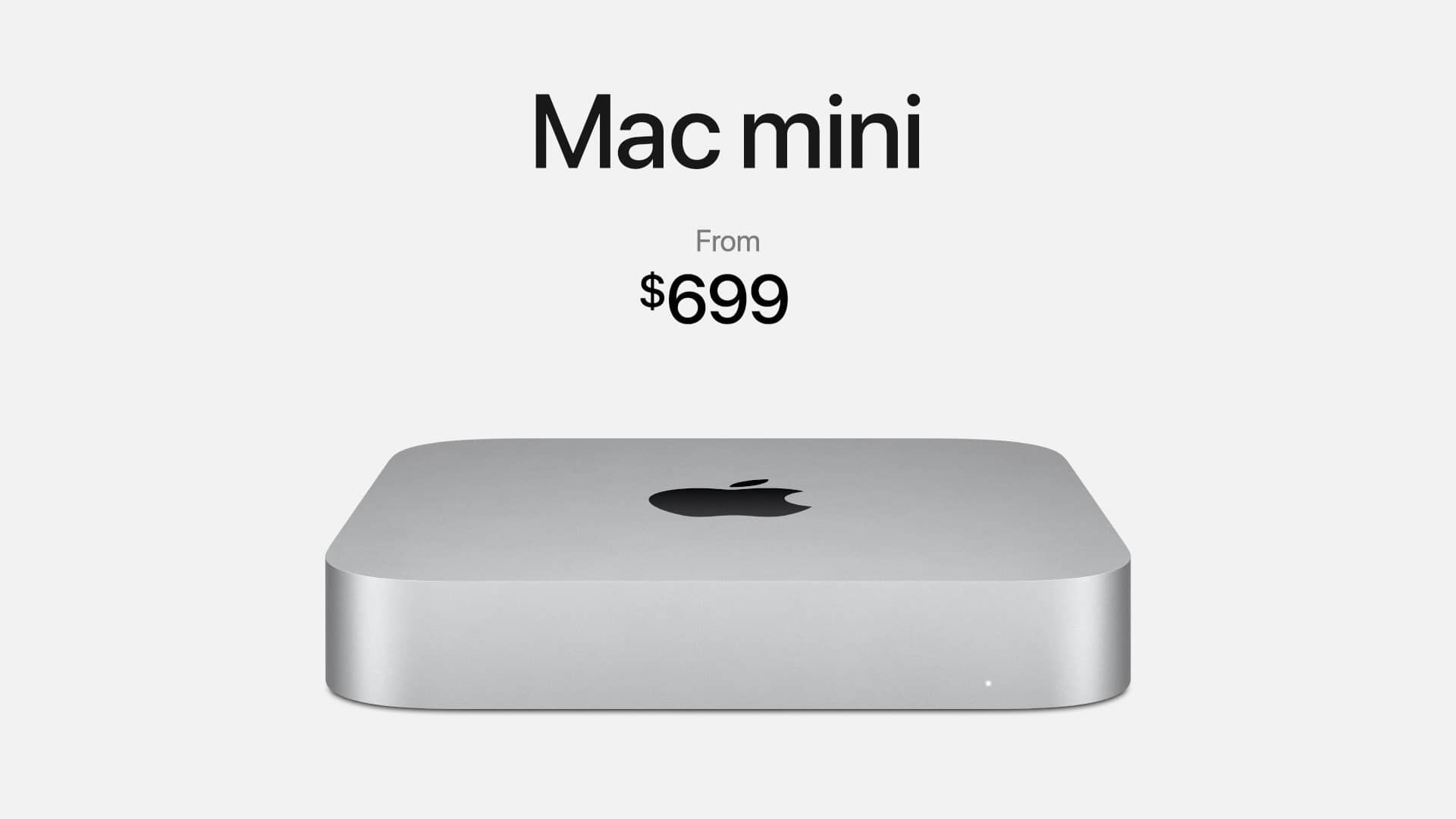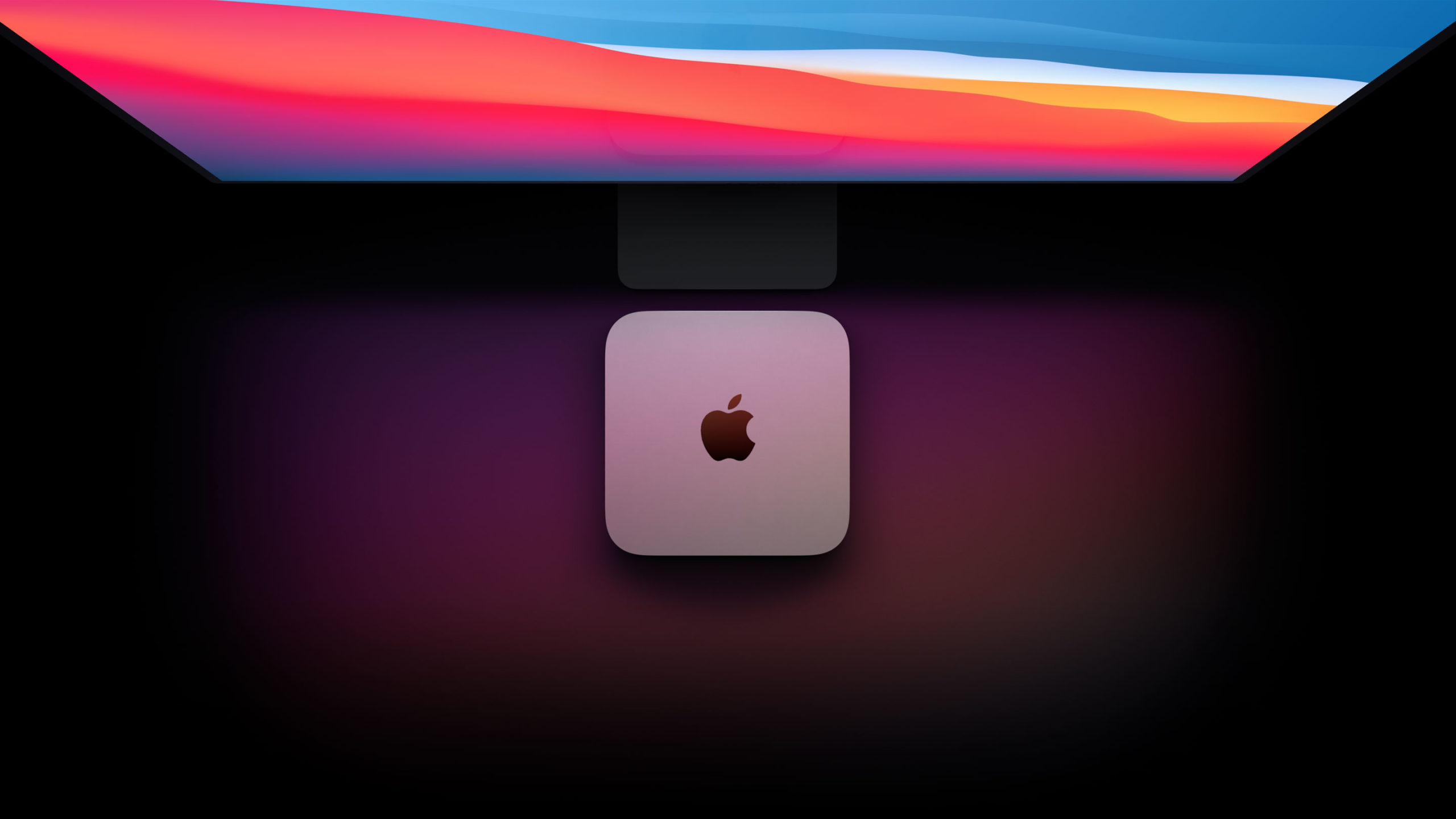It was 2020 and Apple introduced its M1 chip. Along with it, he provided developers with a Mac Mini with an A12Z chip and the macOS Big Sur developer beta so that they could properly prepare for the new generation of Apple computers. Microsoft is doing pretty much the same thing now.
The Developer Transition Kit was intended to help developers optimize their applications written for Intel processors to upcoming computers with ARM chips. Just like Apple has WWDC and Google has its I/O, Microsoft has Build. At the Build 2022 developer conference this week, Microsoft also announced something that is strikingly similar to what we had the opportunity to see just two years ago with Apple.
It could be interest you
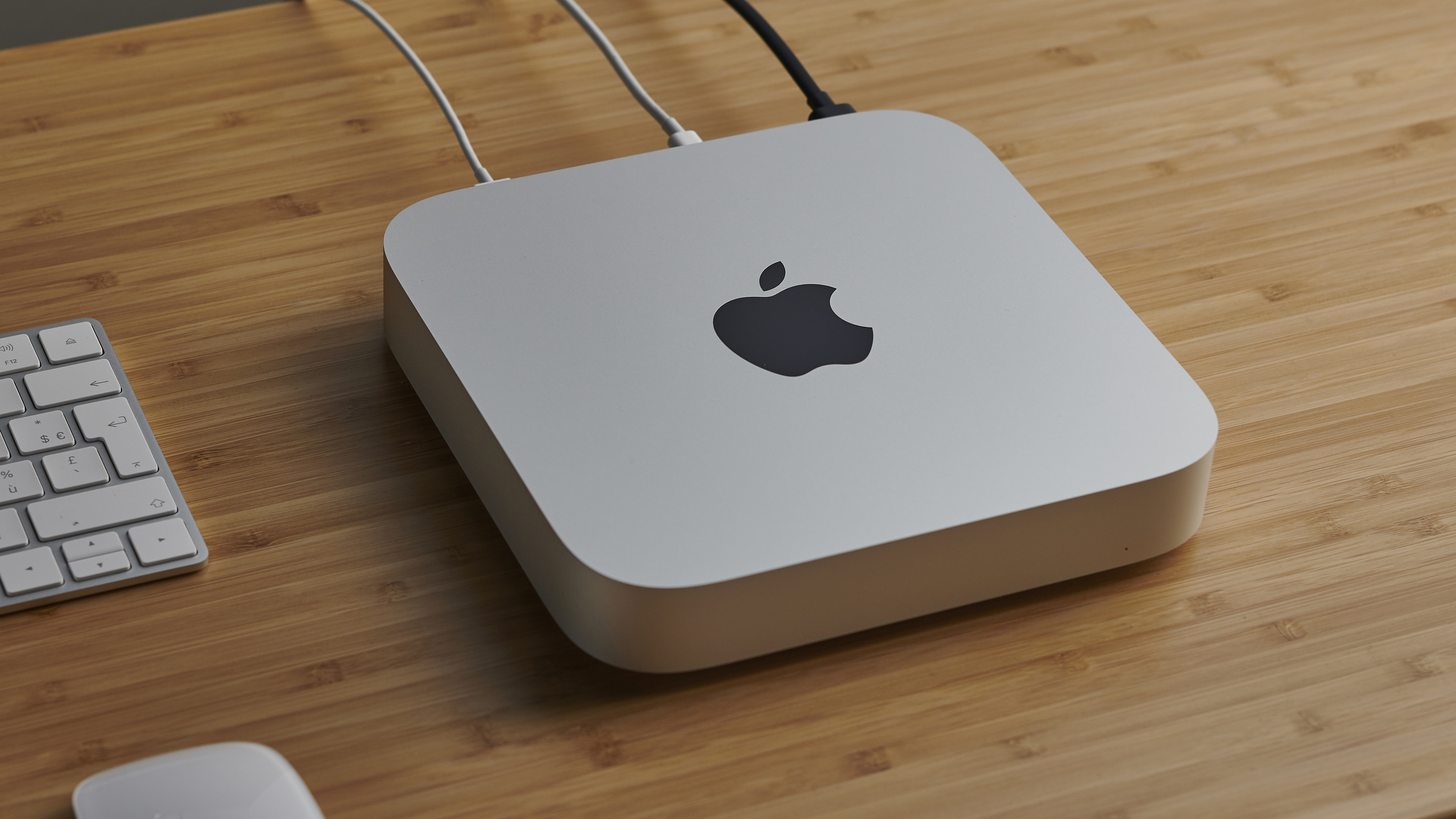
Project Volterra
While Project Volterra sounds pretty wild, it's actually a small workstation that has a square footprint, a dark, space-gray color, and probably an aluminum chassis (unless Microsoft used recycled plastic fished out of the oceans). Although the specifications have not been specified, what is known is that the machine does not run on an Intel processor. It is betting on the ARM architecture supplied by Qualcomm (so it is an unspecified Snapdragon), because it runs Windows for ARM, which Microsoft has not yet provided natively for Apple devices.
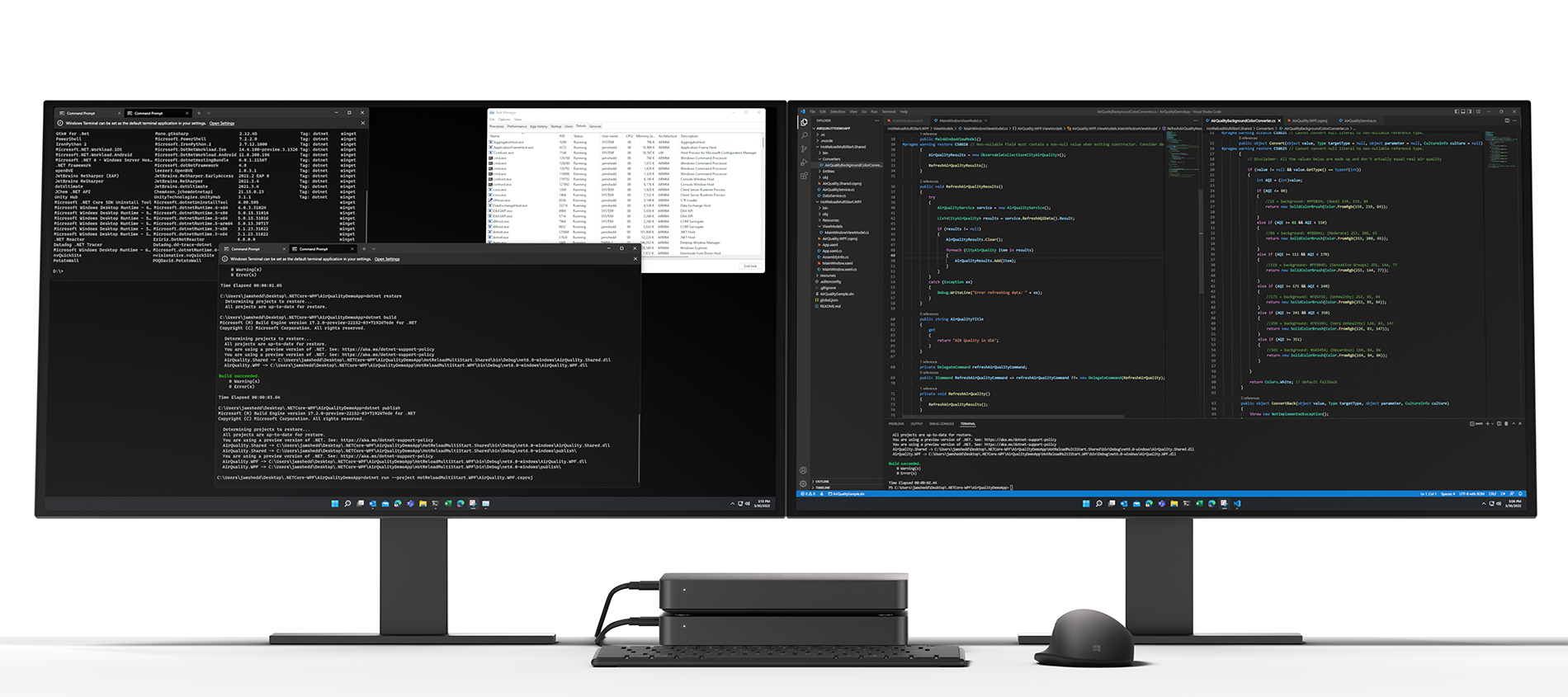
It didn't look too much like Microsoft would really jump into the ARM waters. But frustration with the slow pace of Intel's processor development didn't give him much of a choice. So while it looks like Microsoft is following Apple's footsteps, there's no indication that Project Volterra was intended for sale. So this is really just some "working" build intended for testing, not for later sale.
Nevertheless, Microsoft has a fairly clear vision of what the technologies of the future will look like. Microsoft believes that a world that increasingly uses artificial intelligence, neural processing units and cloud computing is ahead of us. The challenging part should therefore take place elsewhere than in the devices we use. The company literally states that: "In the future, moving computing workloads between the client and the cloud will be as dynamic and seamless as moving between Wi-Fi and cellular on your phone today." The vision is as likable as it is daring, but in neither case does it play into Intel's cards too much.
 Adam Kos
Adam Kos 
